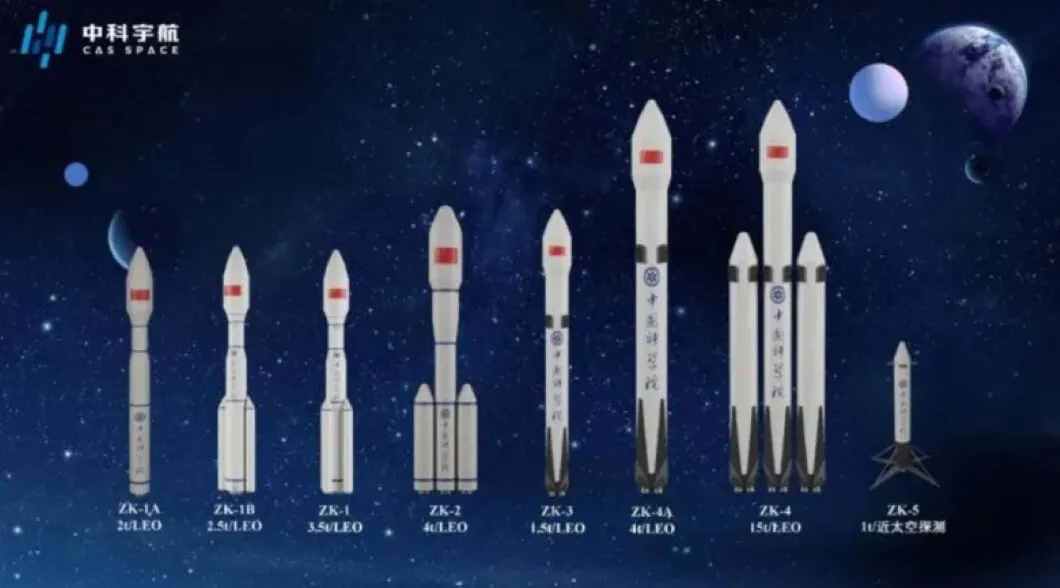China is entering a new phase of the space race — not with rockets to the Moon, but with commercial space tourism. Private companies aim to launch suborbital flights for paying passengers by 2027, positioning China as a low-cost competitor to the U.S.
From State Monopoly to Commercial Space
China’s private space age began in 2014, when the government opened the sector to private investment.
Momentum grew after 2023, when Beijing aeronautics professor Gui Haichao flew to space, sparking national excitement.
Today China has:
-
the world’s second-largest space budget at $10.3B
-
over 300,000 space-sector workers
-
a clear target: affordable suborbital travel and scalable launch services
China’s New Space Tourism Champions
CAS Space — partnering with China’s biggest travel group
Founded in 2018, CAS Space is working with the China Tourism Group to merge spaceflight with tourism.
Plans include:
-
reusable rockets carrying up to seven tourists
-
as many as 1,000 passengers per year
-
concepts for future space-resort infrastructure
Deep Blue Aerospace — Taobao tickets to space
In 2024, Deep Blue sold two suborbital tickets on Taobao for ¥1M (~$140,000).
The company plans to offer five minutes of zero gravity for ¥1.5M (~$210,000).
They aim to cut launch costs by 20-30% compared to Western competitors.
Landspace — methane-fueled competitor to SpaceX
Landspace became the first private Chinese firm to attempt orbit, and later the first globally to reach orbit with a methane-liquid rocket.
Their upcoming Zhuque-3 resembles a partially reusable Falcon 9.
iSpace — China’s first private orbital launcher
With successful 2023 launches, iSpace is now developing reusable vehicles for tourist payloads.
Galactic Energy — consistent performance
With 11 Ceres-1 missions since 2020, the firm is now building the partially reusable Pallas-1.
Space Transportation — the spaceplane alternative
Developing a Mach-4 suborbital spaceplane with vertical landing capability; first test flight planned for 2025.

A Record Pace — and the Race Ahead
By mid-November 2025, China had already conducted 72 orbital launches, surpassing its 2024 total (68).
SpaceX remains ahead with 143 launches, but China is closing the gap.
Industry leaders predict that by 2027:
-
suborbital tourism will be commercially mature
-
launch prices will drop dramatically
-
space travel will shift from luxury to mainstream adventure
As CAS Space puts it, tourism beyond the atmosphere is “a completely new experience — and increasingly made in China.”


